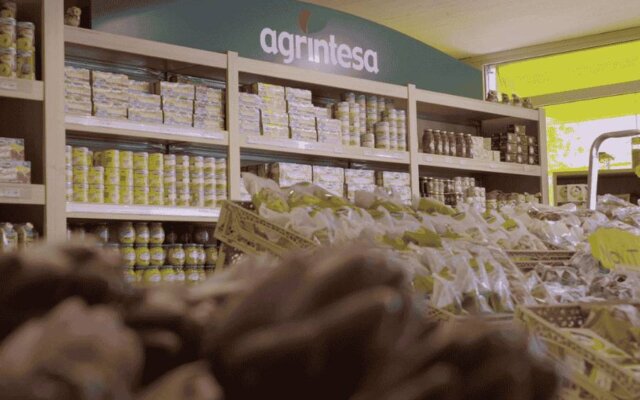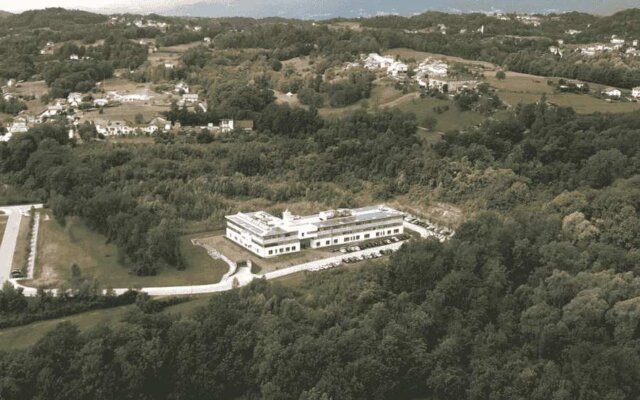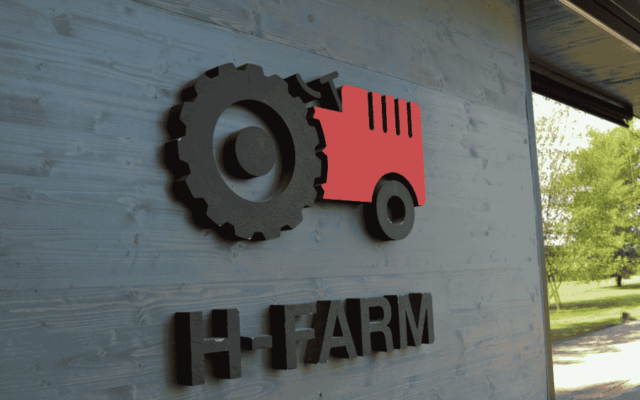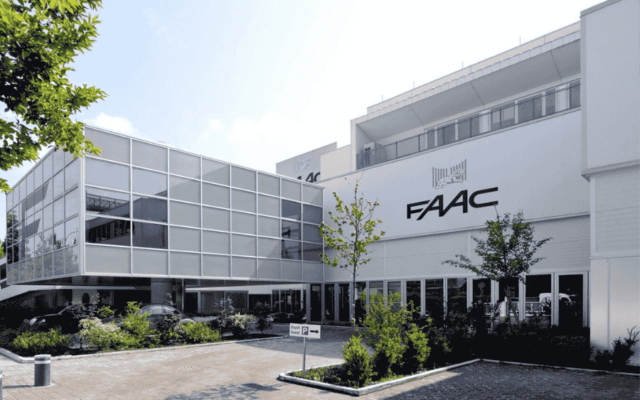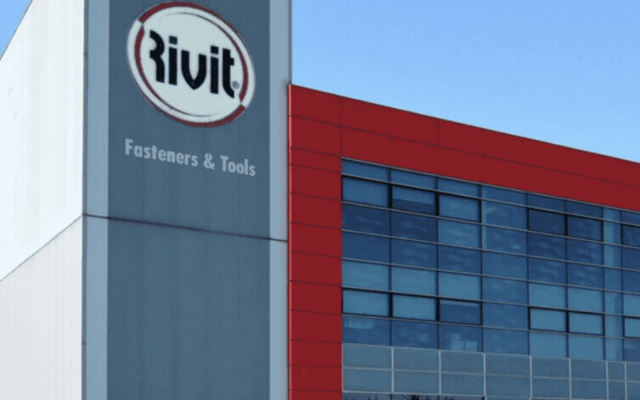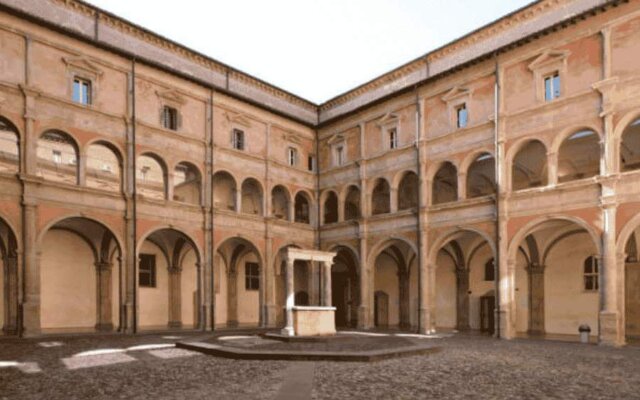Calligaris
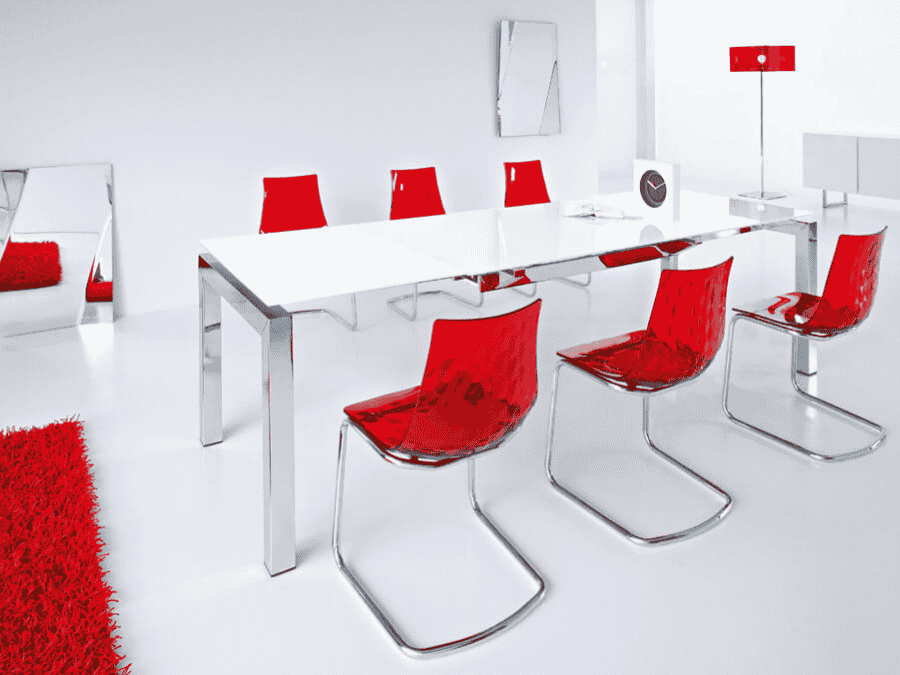
The Company
Calligaris is a historic Friuli-based company that has been in the home furniture business since 1923 and one of the best-known Italian brands known internationally in the home design sector. Founded as a woodworking and chair-making workshop, over time Calligaris has been able to innovate its business model by expanding its product range and enhancing its brand, along a process of internationalization in markets and development of modern sales channels. To date, the Calligaris group boasts a turnover of more than 130 million euros, with 60 percent due to its ever-growing share of exports and an offering that fully covers all furniture needs. The group’s headquarters is located in Manzano (UD), one of the most renowned districts in the furniture industry, and includes the headquarters alongside a number of production plants. These are complemented by other operating offices abroad, a distribution network that includes branches in the United States, France and Japan, and a sales organization based on dealers located in more than 90 countries.
Come molte altre realtà che hanno cercato di adattare nel tempo l’infrastruttura di rete e il Data Center sull’onda delle necessità di business dell’immediato e della costante e frenetica evoluzione di cui le tecnologie di networking sono state protagoniste nell’ultimo decennio, Calligaris ha sentito la forte necessità di avviare un progetto di innovazione dell’intera architettura, con l’obiettivo di dotarsi di una piattaforma in grado di supportare la crescita dell’azienda.
The Challenge
“Ten years on from the first network infrastructure, the need for a technological breakthrough became undeniably apparent,” clarifies Paolo Michielin, Calligaris Group CIO. “The company has grown considerably over the years and needed quite a different kind of performance. In fact, it needed to be able to guarantee a sizing in terms of capacity and reliability of the entire system such as to ensure adequate performance to support the company’s operations.” Calligaris’ network, designed in 2004, was beginning to experience problems of obsolescence due to certain technologies that had developed in the meantime and could not be adequately supported. “This is the case with services such as video streaming or other modes of data transmission that have now become standard and for which more high-performance infrastructure needs to be available.”
All of this is in addition to the need for greater speed necessitated by the exponential growth in the digital design of in-store spaces. Setting up a new network and Data Center that was up to the task therefore also had to take these factors into account to enable the development of an architecture that would be suitable to grow with the business and meet the needs not only of the immediate, but also of the future.
The Solution
Thanks to the consulting services of VEM sistemi, the Calligaris Group has chosen a complete Cisco equipment solution for a Unified Fabric infrastructure involving the convergence of Local Area Network (LAN) and Storage Area Network (SAN) components through Fibre Channel over Ethernet (FCoE) technology. The new Data Center consists of Cisco Nexus 5000 switches, equipment that enables an innovative architecture that simplifies management by consolidating the separate LAN and SAN environments into a single infrastructure.
The implementation of the Data Center’s new network saves on operating costs and electricity consumption; in addition, the client has an ideal platform for virtualizing systems due to the agility and speed of the equipment, attributes needed to set up new services and optimize existing ones. Thanks to the Fibre Channel over Ethernet mode, which enables the implementation of a single converged network, Calligaris has been able to experiment with an evolved approach to the data center with a drastic reduction in both equipment and all the cabling and problems that come with the operational management of two separate environments. For the campus network that interconnects the headquarters and the plants, VEM sistemi designed a ring architecture such that it could guarantee, through circuit closure, the main connectivity in each cabinet positioned along the network on two redundant apparatuses, so that there would always be availability even in the event of a disruption.
Underpinning this infrastructure was a system consisting of Cisco Catalyst 4500x switches in Virtual Switching System (VSS) mode, that is, with the clustered switch equipment operating virtually as one switch, increasing operational efficiency and providing seamless transmission capacity. Finally, the project included the connection between the two Data Center and campus infrastructure components with 10-gigabit speeds, which was even extended to some equipment in the edge network.
Results
According to Michielin, a real transformation has taken place at Calligaris, thanks to which, with a new environment that is highly flexible, scalable and ready to enable future technological trends, the company has all the tools to meet the challenges of the future. “We have moved from an architecture that, while never causing problems for productivity, had reached limits that were no longer bearable from a functional point of view to a completely revamped design,” Michielin points out, ”with redundant equipment guaranteeing greater robustness of the network, which is now also more transparent with respect to the need to cope with the impromptu loads that sometimes arise.” Thanks to the Cisco solutions provided by VEM sistemi, the goals of reliability and absolute service continuity have been met.
The high performance of the new infrastructure also enables uninterrupted operations and performance in the use of services delivered through the virtualized Data Center and data transmission infrastructure. The renewal of networking components and the choice of a Cisco Unified Data Center solution has improved the use of the network, which at Calligaris is critical for communications between headquarters and all globally distributed locations. All while saving operating costs and making it easier to manage. “Cisco’s unified data center approach enables a new IT vision for businesses,” confirms Gabriella Attanasio, VEM’s chief technology officer. “Centralizing all computing, storage, networking, virtualization and management resources in a single platform allows our customers simplified operations and a more agile framework on which to evolve their business.” The input of technology consultants at corporate decision-making tables has never been more crucial.
“With the approach to Fibre Channel over Ethernet enabled by Cisco Nexus equipment, the project also generated significant space rationalization and greater order in the cabling that had developed as a result of the progressive additions of demands and implementations made to a non-modular Data Center,” adds Michielin. “There were bundles of cables obstructing the front access to the switches resulting in difficulties with interventions such as inserting new patches. From this point of view, even the uninitiated can see a significant step forward.” Positive judgments also on the work of VEM sistemi, which Michielin does not hesitate to call a well-established company with a robust presence in critical areas from design to maintenance. “There were no surprises,” Michielin concludes, ”the intervention was completed on time and fulfilled all the expectations set according to the project.”
For more information
More information on the Cisco architectures and solutions mentioned in this case study is available at the Cisco – Solutions Datacenter link.
Product Listing.
Unified Data Center Fabric: Cisco Nexus 5000 series switches for Network Datacenter in FCOE mode
Routing and Switching: Cisco Catalyst 4500x Series Switches
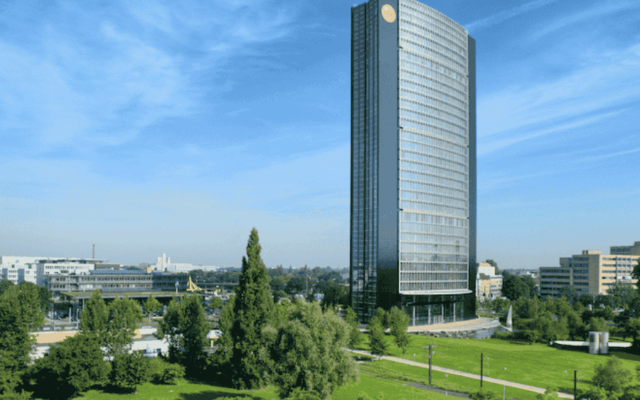
ARAG SE ITALIA
featured-business-cases-en
ARAG SE ITALIA
featured-business-cases-en
ARAG SE ITALIA
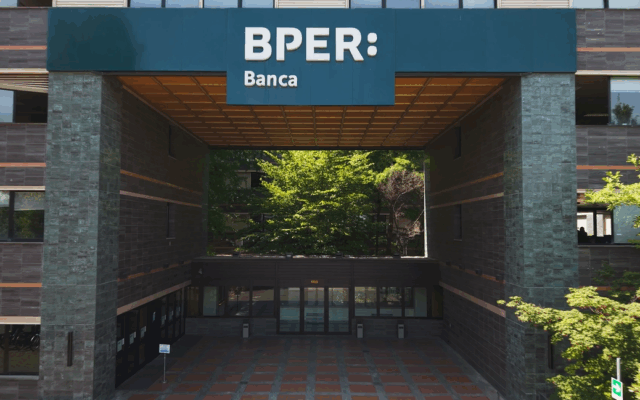
The New BPER Banca Data Center
featured-business-cases-en
The New BPER Banca Data Center
featured-business-cases-en
The New BPER Banca Data Center
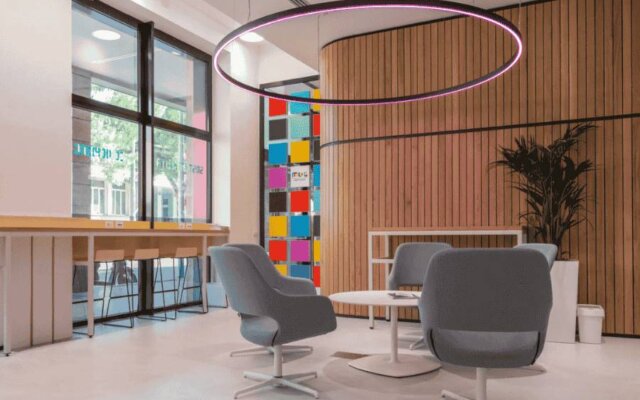
MUG MAGAZZINI GENERATIVI
featured-business-cases-en
MUG MAGAZZINI GENERATIVI
featured-business-cases-en
MUG MAGAZZINI GENERATIVI

The new workplace of BPER Banca
featured-business-cases-en
The new workplace of BPER Banca
featured-business-cases-en
The new workplace of BPER Banca

DECO INDUSTRIE
featured-business-cases-en
DECO INDUSTRIE
featured-business-cases-en
DECO INDUSTRIE
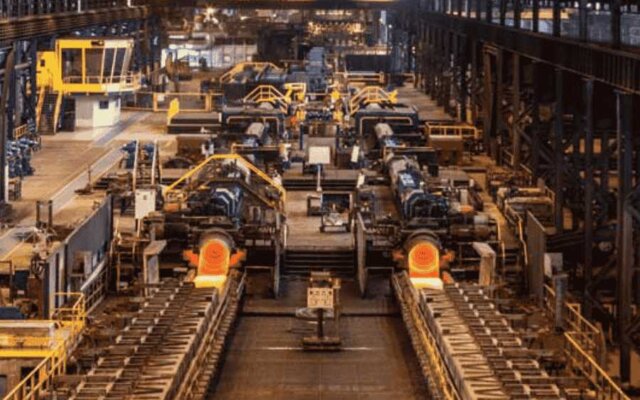
Ferriere Nord – Gruppo Pittini
featured-business-cases-en
Ferriere Nord – Gruppo Pittini
featured-business-cases-en
Ferriere Nord – Gruppo Pittini
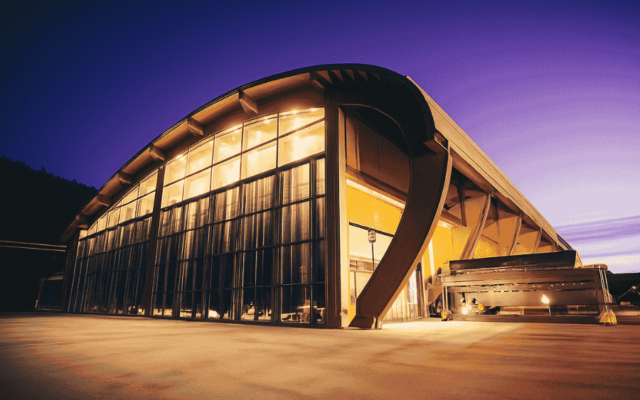
Poderi dal Nespoli
featured-business-cases-en
Poderi dal Nespoli
featured-business-cases-en
Poderi dal Nespoli

Massimo Zanetti Beverage
featured-business-cases-en
Massimo Zanetti Beverage
featured-business-cases-en
Massimo Zanetti Beverage
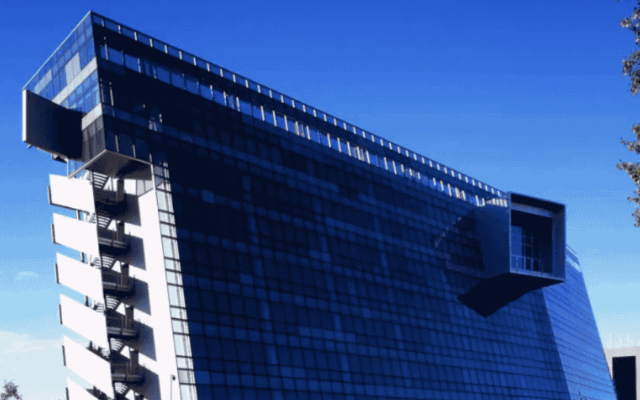
Hypo Alpe Adria Bank
featured-business-cases-en
Hypo Alpe Adria Bank
featured-business-cases-en
Hypo Alpe Adria Bank
info@vem.com
Via Don Sebastiano Calderoni, 12
Località San Giorgio
47122 Forlì (FC)
T +39 0543 725005
F +39 0543 725277 Vimercate
Palazzo Acero, via Torri Bianche, 8
20871 Vimercate (MB)
T +39 039 9253222
F +39 039 9253223 Modena
Via G. Perlasca, 25
41126 Modena (MO)
T +39 059 7863711
F +39 059 785699 Padova
Via San Marco, 11
Palazzo Torre
Ingresso Piazza Aldo Moro 10
35129 Padova (PD)
T +39 049 7423400
Senigallia
Via D. Corvi, 8
60019 Senigallia (AN)
T +39 071 660263
F +39 071 660264 Roma
Viale Citta d’Europa, 679
00144 Roma (RM)
T +39 0652204031
F +39 0543 725277



Quality Control

Vem Sistemi's information safety management system is UNI CEI EN ISO/IEC 27001:2017

VEM Sistemi's quality management system is UNI EN ISO 9001:2015
Via Don S. Calderoni 12, Forlì (FC), Italia - Tel. +39 0543 725005 - Capitale sociale € 500.000 i.v. - Iscr. Reg. Imp, C.F. e P. IVA 01803850401 - R.E.A. FC 217998





